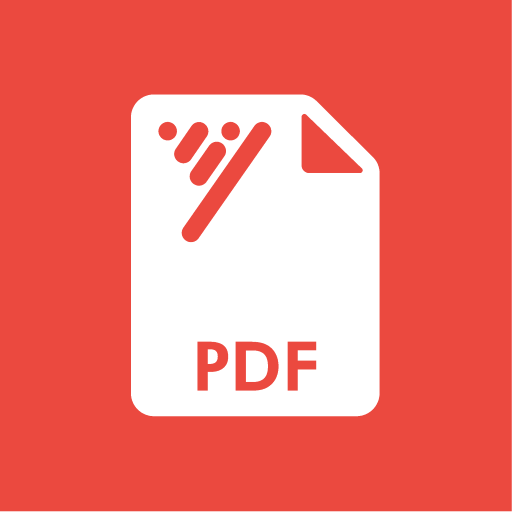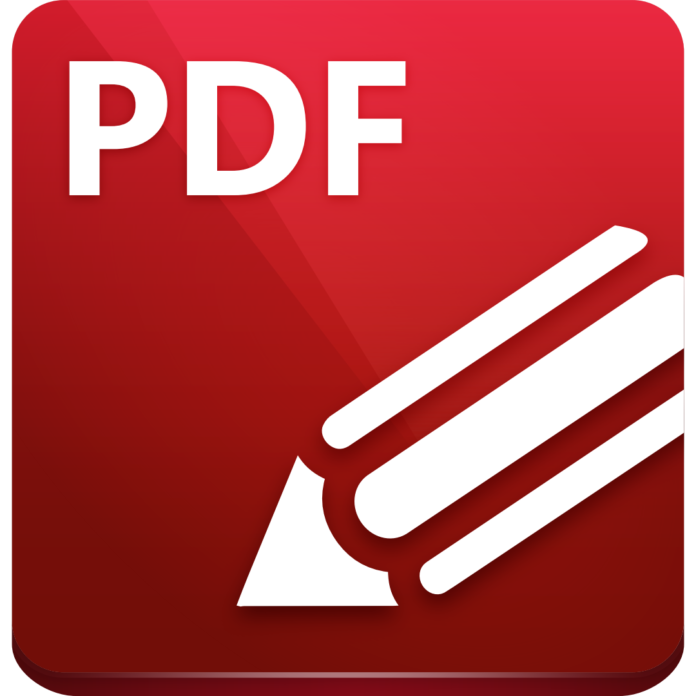In a world where safety is paramount, fire safety remains a critical concern. Fires can devastate lives, property, and businesses in the blink of an eye. To combat this threat effectively, it is essential to understand the principles of fire safety, prevention, and preparedness. This article explores the world of fire safety, delving into its significance, key elements, and the role of an online PDF editor in maintaining accurate documentation
Contents
A. Importance of Fire Safety
Fire safety is not merely a regulatory requirement; it is a fundamental responsibility to protect lives and property. Fires can cause irreparable damage, and the consequences can be catastrophic. Prioritizing fire safety is essential in safeguarding communities and organizations.

B. The Role of Fire Safety Measures
Fire safety measures encompass a wide array of preventive and protective actions designed to reduce the risk of fires and minimize their impact. These measures range from hazard identification to emergency preparedness, and they play a vital role in mitigating fire-related risks.
C. Utilizing an Online PDF Editor
In the digital age, the importance of efficient documentation cannot be overstated. An online PDF editor is a powerful tool for creating, editing, and organizing crucial fire safety documents. We will explore its significance later in this article.
II. Understanding Fire Prevention
A. Fire Risk Assessment
1. Identifying Potential Hazards
Fire risk assessment begins with identifying potential fire hazards within a specific environment. This includes recognizing flammable materials, electrical faults, and other factors that could trigger a fire.
2. Evaluating Fire Risk Levels
Once hazards are identified, it is essential to assess the likelihood of a fire occurring and its potential impact. A risk assessment helps prioritize preventive measures.
3. Mitigating Fire Hazards
Based on the risk assessment, measures are put in place to mitigate identified hazards. This may include storing flammable materials safely, implementing fire-resistant building materials, and maintaining electrical systems regularly.
B. Fire Safety Equipment
1. Fire Extinguishers and Their Types
Fire extinguishers are a vital component of fire safety. Different types of extinguishers are designed for specific fire classes, such as Class A (ordinary combustibles), Class B (flammable liquids), and Class C (electrical fires).
2. Fire Sprinkler Systems
Automatic fire sprinkler systems are designed to suppress fires in their early stages. These systems can significantly reduce fire-related damage and are commonly used in commercial buildings and residences.
3. Smoke Alarms and Detectors
Smoke alarms and detectors provide early warning of a fire. They are essential for residential and commercial spaces to alert occupants and facilitate timely evacuation.
III. Fire Safety Planning and Preparedness
A. Emergency Evacuation Plans
1. Creating a Clear Evacuation Route
In the event of a fire, a well-defined evacuation route can be a lifesaver. Clear signage and designated paths ensure that occupants can exit a building quickly and safely.
2. Designating Assembly Points
Assembly points outside the building are crucial for accounting for all occupants during an evacuation. They aid in ensuring that no one is left behind.
3. Conducting Drills
Regular fire drills familiarize occupants with evacuation procedures. These drills help assess the effectiveness of the evacuation plan and identify areas for improvement.
B. Training and Education
1. Fire Safety Training for Personnel
Organizations should provide fire safety training to employees, educating them about fire hazards, preventive measures, and the proper use of fire safety equipment.
2. Raising Awareness Among Occupants
In residential settings, it is vital to educate residents about fire safety measures, including the importance of smoke alarms and escape plans.
3. Periodic Reviews and Updates
Fire safety plans and procedures should be reviewed periodically to ensure their effectiveness and to account for changes in occupancy or building layout.
IV. Legal Requirements and Regulations
A. Building Codes and Regulations
1. Compliance with Fire Safety Standards
Buildings must comply with fire safety standards and codes, which may include requirements for fire-resistant construction materials, sprinkler systems, and exit routes.
2. Inspections and Certifications
Regular inspections and certifications ensure that buildings meet fire safety standards. Non-compliance can result in penalties and legal consequences.
3. Penalties for Non-Compliance
Failure to adhere to fire safety regulations can lead to severe penalties, including fines and even closure of businesses. Compliance is not only a legal requirement but also essential for public safety.
B. Business and Industry Specific Regulations
1. Industry-Specific Fire Safety Guidelines
Certain industries, such as chemical manufacturing or healthcare, may have industry-specific fire safety guidelines that must be followed to mitigate specialized risks.
2. OSHA and Workplace Safety
The Occupational Safety and Health Administration (OSHA) in the United States has stringent regulations concerning workplace safety, including fire safety. Violations can result in fines and legal actions.
3. Liability and Legal Consequences
In cases of fire-related accidents, liability issues may arise. Failure to uphold fire safety standards can lead to legal consequences and financial liabilities for individuals and organizations.
V. Online PDF Editor for Fire Safety Documentation
A. Importance of Documenting Fire Safety Measures
Accurate documentation of fire safety measures is crucial for several reasons:
1. Record Keeping and Accountability
Proper documentation establishes a record of fire safety measures taken, aiding in accountability and demonstrating compliance with regulations.
2. Accessibility and Sharing of Information
Digital documentation ensures that fire safety information is easily accessible to relevant personnel and authorities. It can be swiftly shared when needed.
3. Legal and Insurance Requirements
Many legal and insurance requirements necessitate the maintenance of comprehensive fire safety records. Failure to provide such documentation can lead to complications in legal and insurance matters.
B. How to Utilize an Online PDF Editor
An online PDF editor simplifies the process of creating, editing, and organizing fire safety documentation:
1. Creating and Editing Fire Safety Plans
An online PDF editor allows for the creation and customization of fire safety plans, making it easy to update and revise documents as needed.
2. Storing and Organizing Documentation
Digital storage and organization capabilities streamline the management of fire safety documents, ensuring that they are readily available and categorized efficiently.
3. Collaboration and Sharing with Stakeholders
Online PDF editors enable collaboration among stakeholders, such as fire safety officers, building managers, and regulatory authorities. Documents can be easily shared and edited in real-time, promoting effective communication and compliance.
Conclusion
Fire safety is an intricate and vital aspect of protecting lives and property. Understanding fire prevention, planning, legal requirements, and utilizing online PDF editors for documentation are all essential components of a comprehensive fire safety strategy. By embracing these elements, individuals, organizations, and communities can work towards minimizing the risks posed by fires and ensuring the safety and well-being of all.



